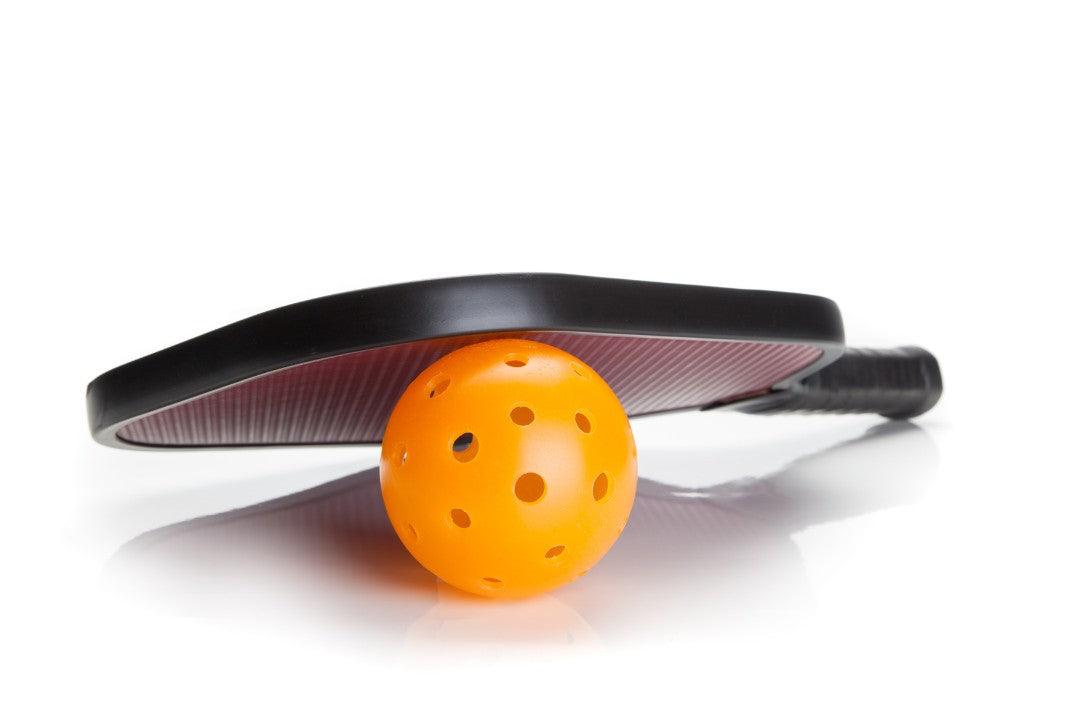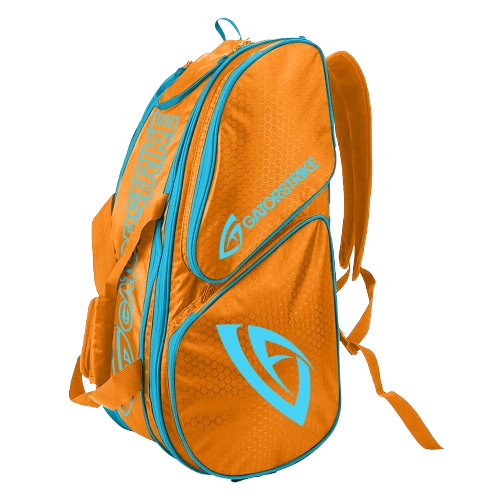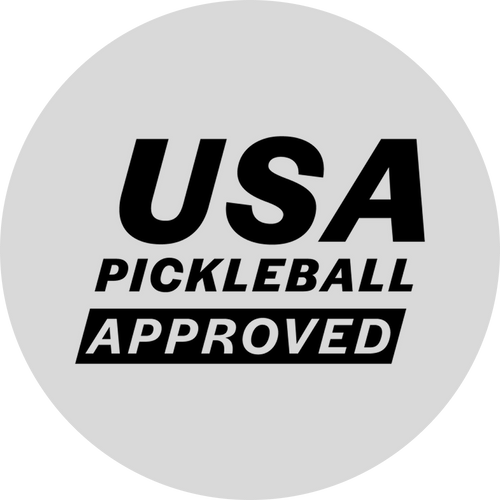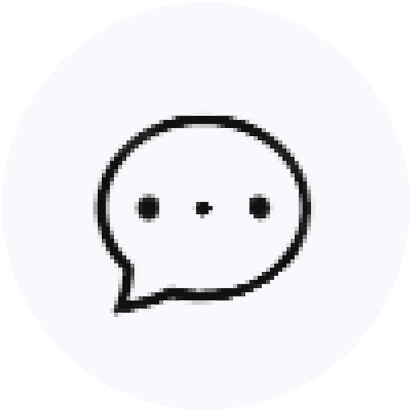
The Science Behind Paddle Weight: Light vs. Heavy Paddles in Pickleball
Share
Pickleball paddles come in a range of weights, each affecting how the paddle performs during play. Whether you choose a light paddle or a heavy one, understanding the dynamics of paddle weight is key to optimizing your game.
Light Paddles: Speed and Agility
Light paddles, typically weighing between 7.0 to 7.4 ounces, are designed for players who prioritize speed, quick reactions, and precision. These paddles allow for greater maneuverability, which is especially useful when at the net, where rapid dinks and volleys demand quick reflexes.
Key Benefits:
- Fast Hand Movements: Lighter paddles make it easier to flick the wrist or change direction during fast-paced rallies. Players who rely on soft-touch shots or fast exchanges benefit from this increased agility.
- Reduced Fatigue: Lighter paddles place less strain on your wrist, arm, and shoulder, making them a great choice for long matches or players prone to arm fatigue.
- Enhanced Control: With less mass to move, you can control your swing more finely, giving you the advantage when placing precision shots.
Considerations: While light paddles offer speed, they often lack the power that comes naturally with heavier paddles. Players must generate their own force through technique, which can be challenging, especially during hard drives or smashes.
Heavy Paddles: Power and Stability
Heavier paddles generally range from 8.0 to 8.5+ ounces and cater to players who value power over finesse. The added weight gives more momentum to your shots, allowing you to hit harder with less effort.
Key Benefits:
- Powerful Hits: The added weight of a heavy paddle translates into stronger drives and deeper shots. You can rely on the mass of the paddle to generate force, which is particularly advantageous for baseline drives or smashes.
- Stable Contact: A heavier paddle offers a more solid feel when making contact with the ball. This stability helps reduce vibration on off-center hits, providing a more consistent and reliable experience when hitting the sweet spot.
- Less Effort on Hard Shots: The natural momentum of a heavy paddle means you don’t need to swing as hard to achieve the same power as with a lighter paddle, reducing overall effort on powerful shots.
Considerations: While heavy paddles provide power, they may reduce quickness and agility, particularly when trying to react quickly at the net. Over time, heavier paddles can also increase strain on the wrist and shoulder, especially during long rallies or repetitive use.
Finding the Right Balance
Ultimately, the ideal paddle weight depends on your personal playing style, fitness level, and skill set. Many players opt for a middle-ground paddle, typically weighing between 7.5 to 7.9 ounces, to strike a balance between power and control. This moderate weight range provides a versatile playing experience suitable for both beginners and advanced players.
For more defensive, touch-focused play, a lighter paddle is a great option. If you're an aggressive player who thrives on powerful shots, a heavier paddle may elevate your game. But the key is to find a paddle weight that complements your technique and reduces the risk of injury.
Conclusion
The science behind paddle weight isn’t just about ounces—it's about how those ounces translate into power, control, and endurance on the court. Whether you choose a light or heavy paddle, your selection should align with your personal strengths and playing style. The beauty of pickleball lies in its adaptability, and with the right paddle weight in hand, you can take your performance to new heights!












 FREE SHIPPING ON ORDERS $25 OR MORE!
FREE SHIPPING ON ORDERS $25 OR MORE!





